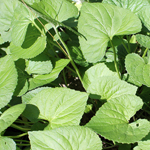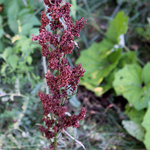Dr. Michael Burgess: Sowing Your Wild Oats - and Eating Them
Forget picking weeds. Plant them. If you do, you may just wind up just a little bit healthier, according to Dr. Michael Burgess.
“It is clear that many wild foods are much more nutritious than their equivalent domesticated peers,” says the assistant professor of biological sciences. “That’s been shown in empirical studies, and also it just feels right.”
In fact, he says, dandelions have at least seven times more nutrients than the spinach you buy at the store.
All of this makes sense, he adds, because our supermarket food has been bred to sell, and we tend to shop with our eyes.
“If you had to sell a tomato, you’re going to make it jazzy and big and ripe and beautiful.”
Safety First
While wild plants can offer a great deal in the way of nutrition, materials and even medicine, Burgess warns that formal training is a must.
“There are many plants that may — on first appearance — fit the description of the plant you are looking for but may not be right, and the consequence to that could be nothing, minor discomfort, or, unfortunately, in some really extreme cases, death.”
As a result, he recommends looking for guides who are well trained and certified and using a book such as “Ancestral Plants: A Primitive Skills Guide to Important Edible, Medicinal and Useful Plants of the Northeast.”
Cultivating Your Own
Once you know what you’re doing, he recommends finding the plants in your yard or collecting seeds and cuttings from the wild plants and growing them in your garden. Not only will this save you time, it may also save the species.
“As more people discover their value and go into the woods to harvest them, these plants could become rarer and rarer,” he says. “By bringing them home and cultivating them, you help ensure their survival.”
A Few Edible Species with Tips from Burgess:
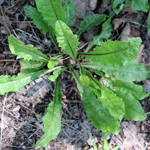
* Taraxacum officinale (dandelion):
The leaves are best young and eaten raw in salads or boiled. They are extremely nutrient-dense with vitamins including A, B complex, C and E. First-year taproots can also be roasted and used as a coffee substitute.
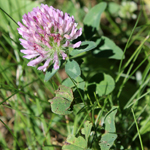
* Trifolium pratense (red clover):
Harvest young leaves and flowers. They are an excellent source of protein. In addition, the flowers contain many polyphenols, powerful antioxidants. Use in salads or boil them. You can also pour hot water over the flowers (fresh or dry) and make a wonderful infusion.
Again, harvest young leaves and flowers. These can be eaten raw or cooked. The leaves are high in vitamins A and C. The flowers and leaves contain various polyphenols.
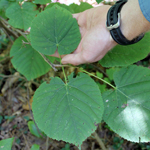
* Tilia americana (american basswood):
Harvest young leaves, flowers and fruit. These can be used in salads.
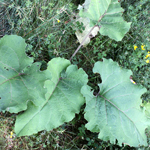
* Arctium lappa (great burdock):
Harvest the taproots from plants without an aerial flowering stem. These are high in vitamins B1, B6 and B12; the minerals iron, zinc, and manganese; and several polyphenols. They can be eaten boiled or roasted.
Collect young leaves. These can be eaten raw or boiled and contain vitamins B1, B2, A and iron.
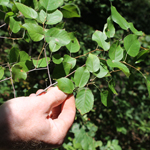
* Amelanchier spp. (shadbush or juneberry):
Collect the fruit. These berries are technically pomes (like apples). Eat raw or use in pies or cobblers. The fruit can also be dried and made into fruit strips. They are a significant source of B2 and B7, as well as iron, calcium and manganese and contain high amounts of polyphenol antioxidants.
* Allium tricoccum (wild leek)
Collect the bulb with leaves after the fruit have set. So that you don’t kill the plant, make sure to cut the bulb above the root crown that will allow another shoot to form. Eat raw or boiled. The leaves are high in vitamin C and other potent phytochemicals that provide many benefits to human health, much like the closely related allium sativum or garlic plant.
* Reminder:Make sure to double check that you’ve correctly identified the plant before eating any part of it.
News

SUNY Adirondack Students Benefit from New Dual Agreement with SUNY Plattsburgh Queensbury

